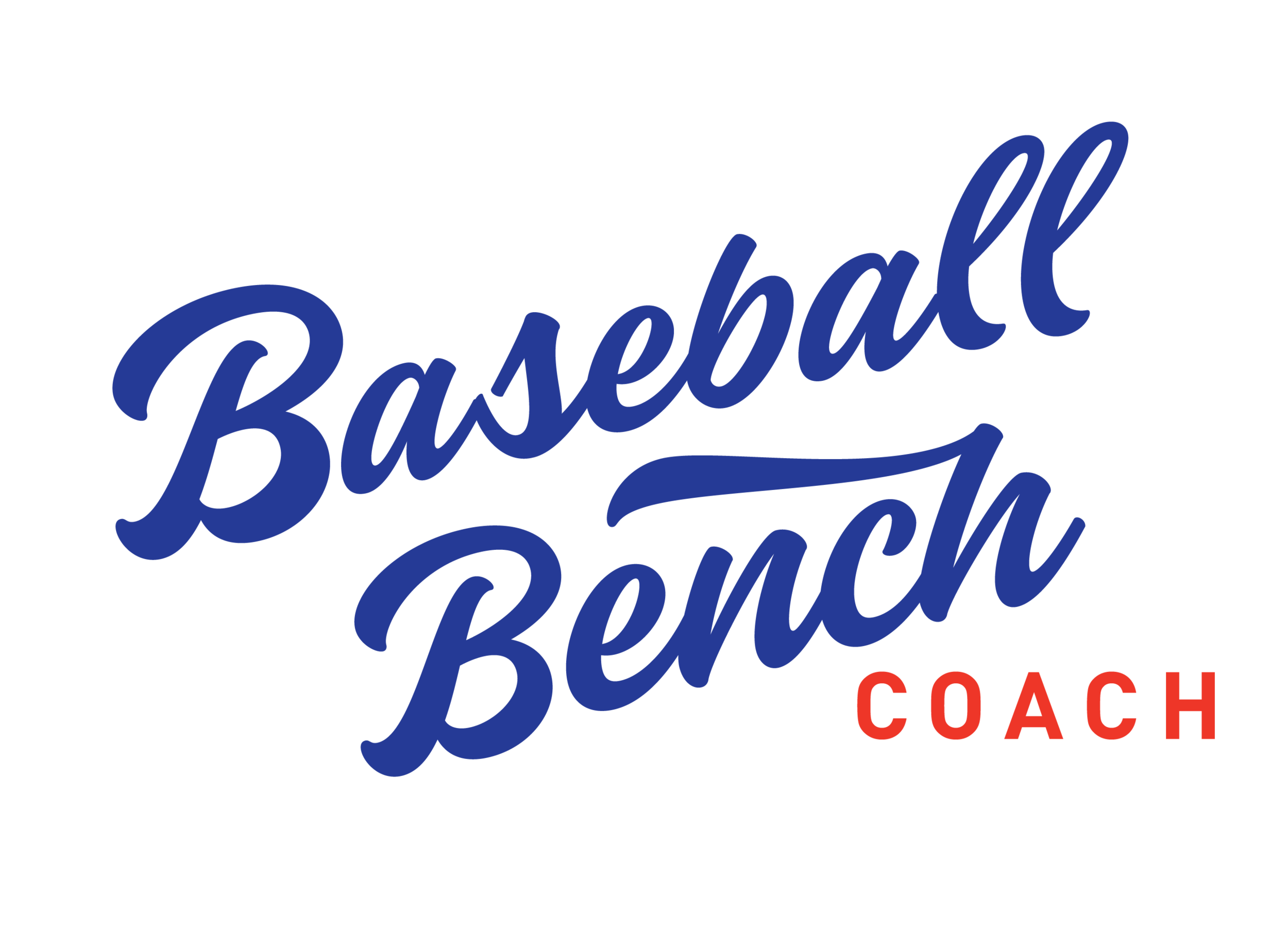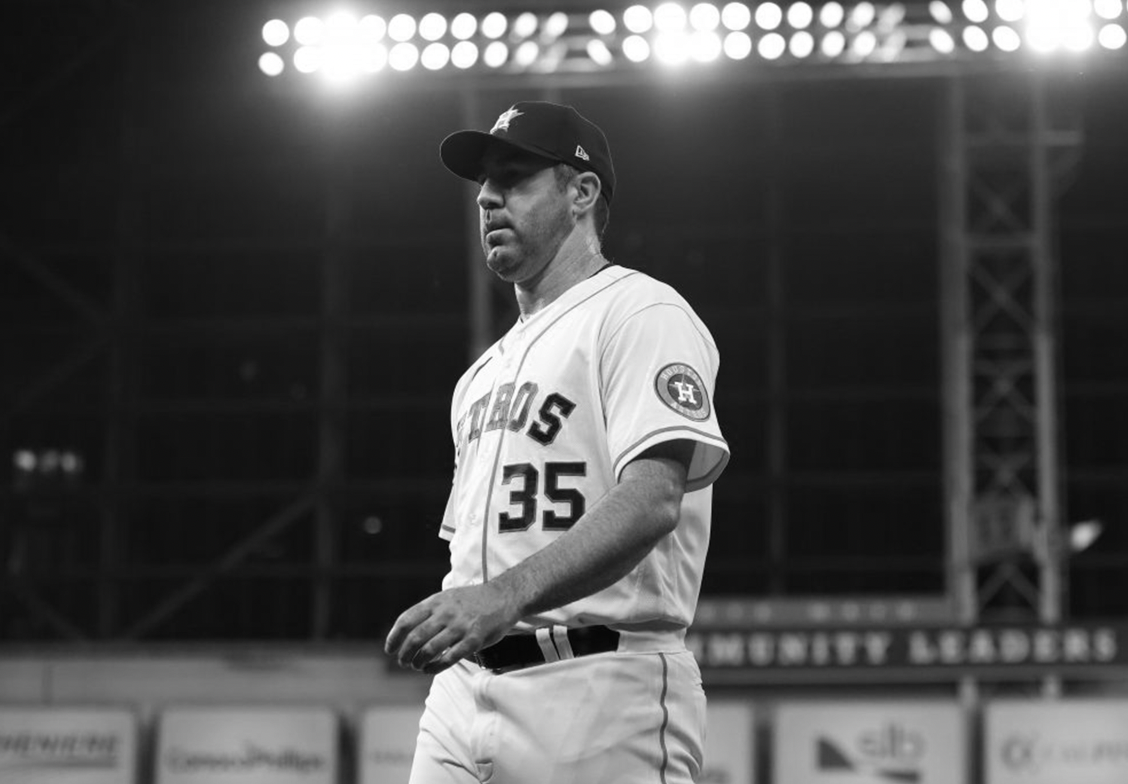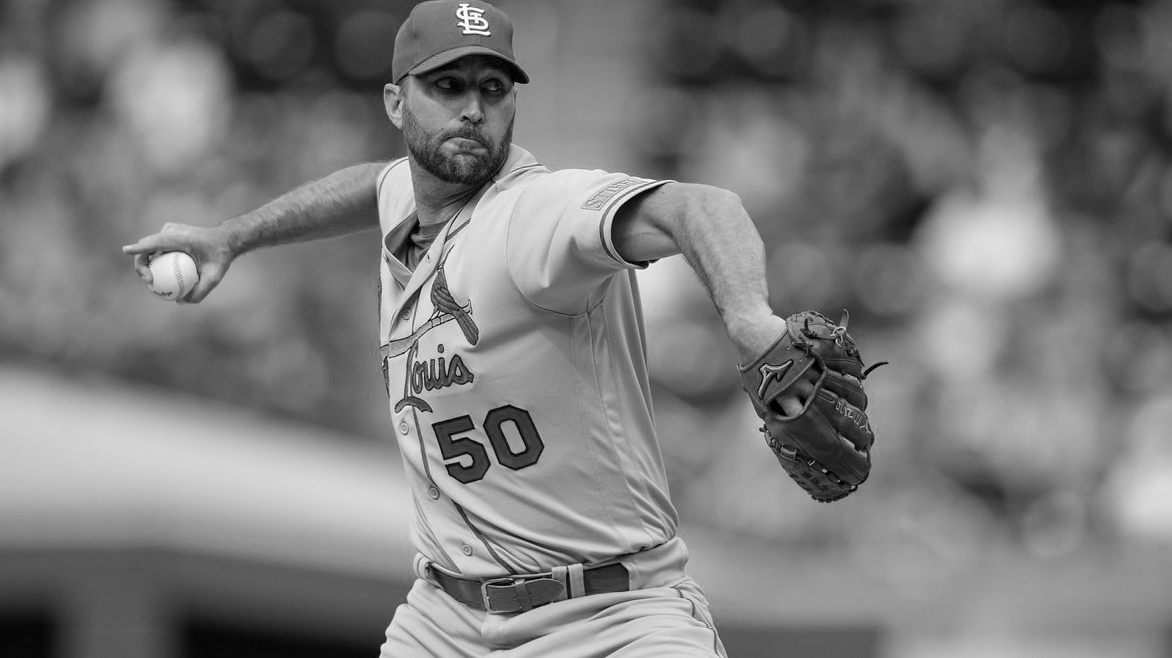Turn Around
MLB teams are now past the halfway mark of the season, and my interest in the 2024 season seems to be waning. Maybe it’s that there is only one or two competitive division races, and I don’t have that Wild Card frame of mind just yet. Or maybe it’s because my favorite teams are all below .500. Whatever the reason, I need a little boost.
Yesterday, MLB announced the rosters for this year’s All-Star Game (ASG) on July 16 in Arlington, Texas. My ASG memories go back more than 50 years. Although I feel like I knew more ASG player names back then than I do today, I’m hoping that this year’s game can turn the season around for baseball and me. Let’s take a look back at some fun ASG memories over those years:
Hometown Hero. Anaheim Stadium, Anaheim, California, 1967. My earliest image of watching an All-Star Game was the ’67 game possibly because Tony Perez of the Reds was the MVP. Like many All-Star Games, this was a pitchers’ duel, tied 1-1 going into the 15th inning. Perez, or affectionately known by his teammates as “Doggie”, hit the game-winning homer in the 15th. The pitching line for the game was a story of some of the greatest: WP – Don Drysdale; LP – Catfish Hunter; and Save – Tom Seaver. It was a sign of good things to come for the Reds as Perez soon became known as one of the great clutch hitters in the game.
Play at the Plate. Riverfront Stadium, Cincinnati, Ohio, 1970. Riverfront Stadium was no more than 2 weeks old when it hosted an extra inning All-Star Game classic of its own. This one was tied 4-4 going into the bottom of the 12th inning. With Pete Rose of the Reds on second base, Jim Hickman of the Cubs lined a single to centerfield. The throw beat Rose to the plate but he bulldozed the AL catcher, Ray Fosse of the Indians, who dropped the ball allowing the winning run to score. This play might be one of the most controversial ones in All-Star Game history pitting the traditionalists who favor Rose’s all-out play all the time vs. the naysayers who question the necessity of the injury sustained by Fosse in a meaningless game.
Home Run. Tiger Stadium, Detroit, Michigan, 1971. Reggie Jackson is probably best known as Mr. October as a slugger for the Yankees in their championship years of 1977 and 1978. On this night though he was Mr. July. In the bottom of the third inning Jackson hit a 520 feet home run that crashed into a transformer attached to a light tower of Tiger Stadium. It was the longest HR in All-Star Game history. Jackson had some more majestic shots to come during the ‘70s!
Throw. Kingdome, Seattle, Washington, 1979. I remember this play like it was yesterday although it was 40 years ago. To set the stage, there were 2 outs in the bottom of the eighth inning with the Angels’ Brian Downing on second base. Craig Nettles of the Yankees lined a single to right field off Bruce Sutter of the Cubs. Dave Parker of the Pirates gunned down Downing with a rifle shot peg to the plate. The speed and accuracy of the throw from right field by Parker was certainly reminiscent of some of the amazing throws of the all-time greatest Pirate, Roberto Clemente.
Athlete. Angel Stadium, Anaheim, California, 1989. In my lifetime there has never been someone like Bo Jackson, an athlete who was a star in so many sports – football, track, and baseball. Bo only played 8 MLB seasons and in just one All-Star Game, a classic performance in 1989. Jackson was the MVP of the game lighting up the box score in so many offensive categories – 2 for 4 at the plate; a HR; 2 RBIs; and a stolen base. Yet, the play I remember the most from this game was his amazing outfield grab. I always wish we would have had more Bo to watch through the years.
At Bat. Camden Yards, Baltimore, Maryland, 1993. Randy Johnson’s 22-year MLB pitching career might be best remembered by a single confrontation in an All-Star Game with an NL hitter, John Kruk of the Phillies. It was the classic left-handed dominating pitcher against a lefty hitter. The first pitch from Johnson went over Kruk’s head. Kruk then seemed terrified and stood at the edge of the batter’s box and waited for the umpire to call him out on strikes. It was one of the most humorous moments in the history of the Midsummer Classic.
Old and New. Fenway Park, Boston, Massachusetts, 1999. The All-Century Team was announced prior to the game and featured a pre-game appearance by the all-time greatest natural hitter, Red Sox HOF, Ted Williams. Williams was greeted by, among others, star Red Sox shortstop, Nomar Garciaparra, representing the transfer of the torch from the 1900s to 2000s in baseball. The game had highlights as well. Pedro Martinez, named MVP, struck out 5 batters in his two innings pitched.
Iron Man. T-Mobile Park, Seattle, Washington, 2001. All-Star Games are often about the celebration of a player’s great career, not just the first half of his season during a given year. This game honored Cal Ripken, Jr., baseball’s Iron Man. The AL starting left side of the infield had Alex Rodriguez at short and Ripken at third. Before the first pitch of the game ARod asked to switch positions with Ripken so that baseball and its fans would see Ripken in the spot where he set his career record for consecutive games played, 2,632, besting Lou Gehrig’s former record of 2,130. It was a wonderful gesture shared by two of the best ever.
Tie. Miller Park, Milwaukee, Wisconsin, 2002. This game changed baseball for the next 14 years. After 12 innings, the managers agreed through Bud Selig’s urging to end the game in a tie. Acknowledging that baseball’s Midsummer Classic had become less competitive in nature, it was decided shortly thereafter to give incentive to the winning league going forward by having its World Series representative receive the home field advantage. Previously, the two leagues changed home field advantage in even (NL) and odd (AL) years. Now, finally, the best record rules the day. The game could have also been noted for the “Catch”, as Torii Hunter of the Twins robbed Barry Bonds of an HR with a leaping grab at the wall.
Inside the Park. AT&T Park, San Francisco, California, 2007. I often play down my enthusiasm for home runs, but not when it comes to one of these! Seattle’s Ichiro Suzuki hit a ball to right center field that struck an All-Star banner and bounced to the right field corner. Ichiro easily rounded the bases before the relay throw reached the plate. It was the first and only inside the park home run in All-Star Game history, and hit by one of baseball’s greatest of all-time.
I struggle to find a big ASG moment since 2007. Years ago, the Midsummer Classic was must see television as players competed hard for the pride of their respective leagues. Yet the last two decades of ASG play have left me with that same feeling that I have toward this year’s first half of the season, “blah”. Here’s hoping that there is a big moment in this year’s game and the 2024 season is invigorated for the stretch run. I need the turn around.
Until next Monday,
your Baseball Bench Coach




















